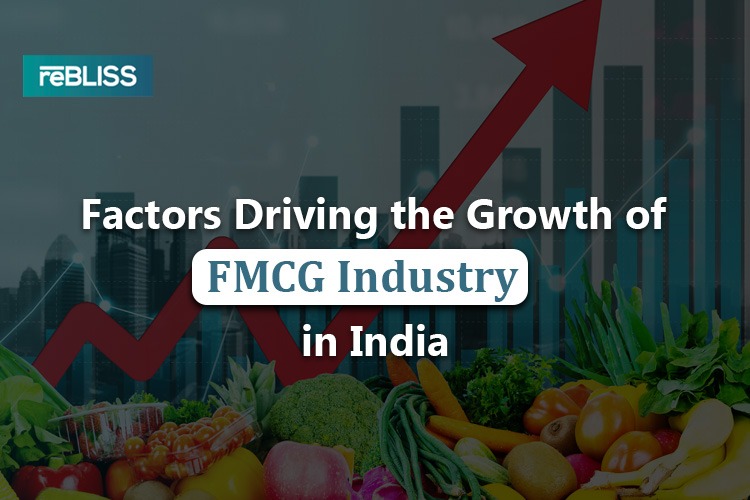Factors Driving the Growth of the FMCG Industry in India
The FMCG industry in 2023 was worth US$ 230.14 billion, and it is expected to reach US$ 1288.52 billion by 2030, at a compound annual rate (CAGR) of 27.9%. Increasing brand awareness among people, changing lifestyle and growing population are some contributing factors to the growth of India's FMCG industry. FMCG businesses sell products with less shelf life, including toothpaste, creams, soaps and more. There are several FMCG businesses in India. However, the competition is also high among several FMCG companies. To bring growth, FMCG businesses need to go with a better strategic approach compared to their competitors. If you as a FMCG business owner want to learn more about the tactics which help drive growth, read this blog till the end.
Tactics That Drive the Growth of the FMCG Industry in India
Online Shopping
The trend of online shopping is increasing among several businesses, especially in the FMCG industry. It’s worth highlighting that the wave of online shopping has come under more light after the COVID-19 pandemic. Users love to shop their products online without visiting any store. This saves their time and effort also. Also, after COVID-19, more secure payment options are introduced which make online shopping convenient for customers to purchase things online from any location. Not only this, the introduction of logistics also makes the online shopping experience convenient and convincing for both businesses and customers.
E-commerce Boom
The E-commerce boom is all over India including urban areas but also in rural areas. There is a noticeable shift in e-commerce due to its wider reach across the country. This provides consumers with enhanced convenience of apps and websites through which they can buy products while sitting at their place. Not only this, without visiting any place, they get their products at their doorstep.
Value Expansion
In the rural areas, the retail market is rising with an increase in rural consumption which is responsible for driving the FMCG market. The total contribution of these is 36% of the overall FMCG spending. The market of processed food in India is projected to reach US$470 billion by 2025. Consumption-led growth and value expansion from higher product prices are helping the Indian FMCG industry grow.
It witnessed a growth of 2x and reached 10.6% due to various government initiatives including high agricultural production, hygiene categories, packaged staples and reverse migration. In FMCG categories, there are contributions of several categories such as tobacco, food and beverages, personal care, household, etc.
Technology Enhancement
Agility is the key sentiment of the FMCG business and technology helps provide such agility to FMCG companies. With technologies, FMCG companies can improve operational efficiency, handle multifaceted supply chain requirements and identify new opportunities. Effective market research helps FMCG businesses identify consumer behaviour and field sales professionals. With the usage of advanced field service management software, companies can use the power of cloud, data analytics and business intelligence to boost the performance of sales operations.
Conclusion
These are some factors that help drive growth in the FMCG industry in India. Competition is high and so companies need to plan effectively for better growth. Employees with a positive work attitude help provide growth to the companies. As an FMCG business enterprise, if you want a hard-working employee whether for the cashier, sales executive or delivery boy job role, sign up on reBLISS - a work-providing platform.




Comments
Post a Comment